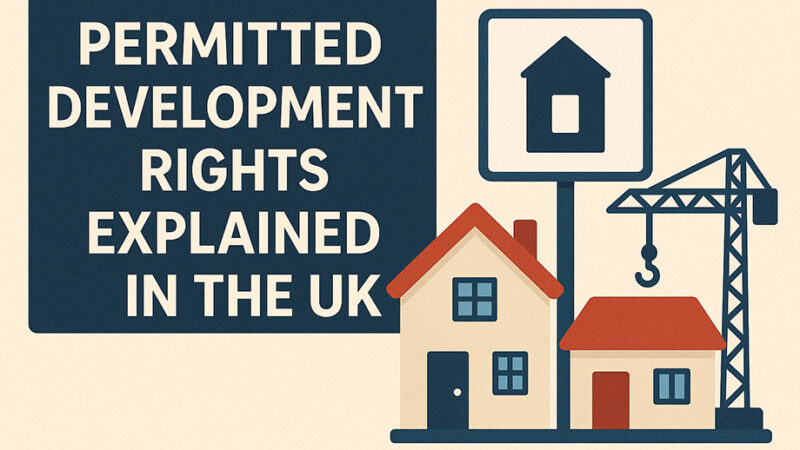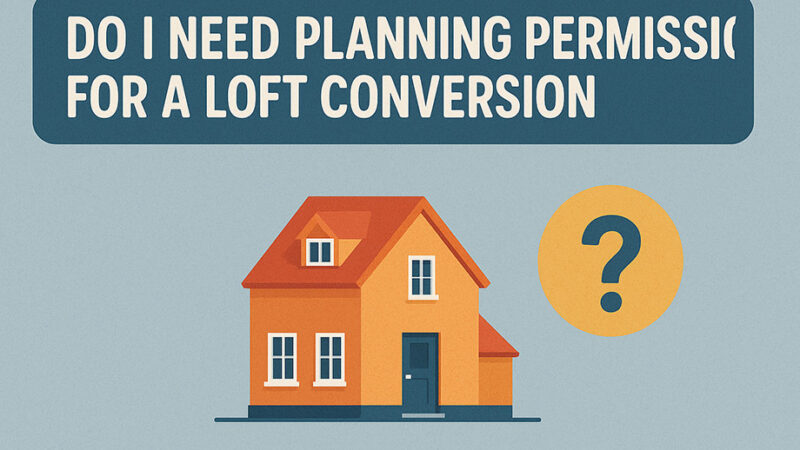Window Replacement – What You Need to Know Before You Start

Replacing windows is a significant home improvement project that can transform both the appearance and performance of your property. Modern windows offer superior energy efficiency, enhanced security, and improved comfort compared to older installations. With rising energy costs making home efficiency more important than ever, window replacement has become essential for many homeowners looking to reduce bills and increase property value.
If your windows are more than 15 years old, advances in technology mean new installations could make a substantial difference to your home’s energy performance and comfort levels. Today’s windows come in various styles, materials, and performance ratings, giving you options to suit both your budget and aesthetic preferences.
How Much Does Window Replacement Cost?
Cost is typically the primary concern when considering window replacement, as the investment can be substantial. Understanding the various factors that influence pricing helps you budget effectively and make informed decisions.
The average cost for window replacement ranges from £400 to £2,800 per window, depending on several key factors:
Factors affecting window replacement costs:
- Window size and style
- Frame material choice
- Glass specification and energy rating
- Installation complexity
- Number of windows being replaced
- Location and access requirements
Average Window Replacement Costs by Type
Here’s a breakdown of typical costs for different window types:
| Window Type | Average Cost Range |
|---|---|
| Standard uPVC casement | £400 – £800 |
| uPVC sash window | £600 – £1,200 |
| Timber casement | £800 – £1,500 |
| Timber sash window | £1,200 – £2,200 |
| Aluminium window | £500 – £1,100 |
| Bay window | £1,800 – £3,500 |
Costs include supply and standard installation
You don’t need to replace all windows simultaneously. Many homeowners spread the cost by replacing windows in phases – perhaps focusing on the most problematic areas first or tackling one floor at a time.
When comparing quotes, ensure you’re getting like-for-like comparisons and that all quotes include removal of old windows, proper disposal, and any necessary finishing work.
Choosing Your Window Material
One of the most important decisions in window replacement is selecting the right frame material. Your choice will depend on your property’s style, your budget, and your maintenance preferences.
uPVC Windows
uPVC remains the most popular choice for UK homes, offering excellent value and performance.
Advantages:
- Low maintenance requirements
- Excellent thermal efficiency
- Wide range of colours and finishes
- Cost-effective option
- Good security features
Considerations:
- May not suit period properties
- Limited repair options if damaged
- Some environmental concerns
Timber Windows
Timber windows offer traditional appeal and environmental benefits.
Advantages:
- Authentic appearance for period homes
- Environmentally sustainable
- Can be repaired and maintained
- Excellent insulation properties
- Often required in conservation areas
Considerations:
- Higher initial cost
- Regular maintenance needed
- Professional installation essential
Aluminium Windows
Aluminium frames work well for modern properties and larger glazed areas.
Advantages:
- Slim profiles maximize glass area
- Very strong and durable
- Low maintenance
- Modern aesthetic appeal
- Fully recyclable
Considerations:
- Higher cost than uPVC
- Can conduct heat if not thermally broken
- May not suit traditional properties
Finding a Window Installer
Choosing the right installer is crucial for a successful window replacement project. Look for companies that are members of recognized schemes and have strong local reputations.
What is FENSA and Why Does it Matter?
FENSA is the leading competent person scheme for window and door installation in the UK. FENSA-approved installers can self-certify their work complies with building regulations, which means:
- Work meets required standards
- You receive proper certification
- No need for separate building control approval
- Insurance-backed guarantees available
How to Find Experienced Window Installers
Research online: Look for local installers with strong reviews and professional websites.
Check credentials: Ensure installers are FENSA registered or members of similar schemes like CERTASS.
Get multiple quotes: Obtain at least three detailed quotes to compare pricing and approaches.
Ask for references: Request contact details for recent customers to verify quality of work.
Verify insurance: Confirm installers have appropriate public liability and employer’s liability coverage.
The Window Replacement Process
Understanding what to expect during window replacement helps you prepare properly and ensures the project runs smoothly.
Initial Survey and Quotation
A reputable installer will conduct a thorough survey of your existing windows, taking precise measurements and assessing any special requirements. They should provide a detailed written quote covering:
- Complete removal and disposal of old windows
- Supply and installation of new windows
- All necessary hardware and accessories
- Building regulation compliance
- Cleanup and waste removal
- Warranty terms
Preparation for Installation
Timeline: Standard window replacement typically takes 1-3 days depending on the number of windows and complexity.
Access: Installers may work from inside or outside your property depending on the situation. Ground floor windows are usually accessible from outside, while upper floors may require internal access or scaffolding.
Disruption: Window replacement can be messy work. Professional installers should use dust sheets and take measures to minimize disruption, but expect some dust and debris during the process.
What to Expect During Installation
Day 1 – Removal and Preparation: Existing windows are carefully removed, with installers taking care to protect surrounding walls and furnishings. Any necessary structural work or repairs are completed.
Day 2 – Installation: New windows are fitted, ensuring proper alignment, weatherproofing, and security. Each window installation typically takes 2-3 hours for straightforward replacements.
Day 3 – Finishing: Final adjustments, internal and external finishing work, and thorough cleanup complete the installation process.
Installation Methods
From Inside or Outside? Most installers prefer to work from outside where possible to minimize internal disruption. However, they’ll need internal access to ensure proper fitting and compliance with building regulations.
A typical window installation involves:
- Removing the old frame completely
- Checking and preparing the opening
- Installing the new frame with proper insulation
- Fitting the glazed units
- Adding internal and external finishing
- Testing operation and adjusting hardware
Do I Need Building Regulation Approval?
Yes, replacement windows must comply with current building regulations, which cover thermal performance, safety, and ventilation requirements.
FENSA Certification
When you use a FENSA-approved installer, they handle building regulation compliance automatically. You’ll receive a FENSA certificate confirming:
- Windows meet thermal performance standards
- Installation complies with building regulations
- Work has been properly inspected
- Appropriate ventilation has been provided
What if I Don’t Have Certificates?
If you’re missing certificates for previous window installations, you can:
- Check online databases for FENSA or CERTASS records
- Request duplicate certificates (usually £25-£50)
- Arrange for local authority inspection
- Consider indemnity insurance for property sales
Having proper certification is important for property transactions, as solicitors will request evidence of building regulation compliance.
How Long Does Window Replacement Take?
The duration of window replacement depends on several factors:
Project size: Individual windows can be replaced in a few hours, while whole-house projects may take several days.
Window type: Standard casement windows install faster than complex sash or bay windows.
Access requirements: Ground floor windows are quicker than upper floors requiring scaffolding.
Weather conditions: Installation may be delayed by extreme weather for safety and quality reasons.
Typical timeframes:
- Single window replacement: Half day
- 3-4 windows: 1-2 days
- Whole house (8-12 windows): 3-5 days
Professional installers should provide realistic timeframes and keep you informed of progress throughout the project.
What About Mess and Disruption?
Window replacement inevitably creates some mess and disruption, but professional installers take steps to minimize both.
Protective measures typically include:
- Dust sheets to protect floors and furniture
- Plastic sheeting over doorways
- Careful handling to minimize debris
- Daily cleanup of work areas
- Proper disposal of old windows and materials
You can help by:
- Clearing access routes and window areas
- Removing or covering nearby furniture
- Making arrangements for pets during installation
- Being available for any questions or decisions
Most disruption is temporary, and you’ll be able to use your home normally once installation is complete each day.
Energy Efficiency and Performance
Modern windows offer significant improvements in energy efficiency compared to older installations.
Window Energy Ratings
Look for windows with A-rating or better for optimal energy performance. The Window Energy Rating (WER) system considers:
- Thermal transmittance (U-value)
- Solar heat gain
- Air leakage rates
Glass Options
Consider upgrading glass specifications for enhanced performance:
- Double glazing: Standard for most applications
- Triple glazing: Superior insulation for exposed locations
- Low-E coatings: Reduce heat loss while maintaining light transmission
- Argon gas fills: Improve thermal performance between panes
Long-term Savings
While energy-efficient windows cost more initially, they typically pay for themselves through reduced heating bills over their 20-25 year lifespan.
Maintenance and Aftercare
Modern windows require minimal maintenance, but some care helps preserve their appearance and performance.
uPVC Window Care
- Clean frames with mild detergent solution
- Lubricate hinges and locks annually
- Clear drainage holes of debris
- Check and renew sealants as needed
Timber Window Maintenance
- Inspect and touch up paintwork every 2-3 years
- Check for any signs of moisture ingress
- Maintain regular decoration schedule
- Address any minor repairs promptly
Warranty Coverage
Quality installers typically provide:
- 10-year guarantee on window units
- 2-year guarantee on installation work
- Insurance-backed guarantees for additional security
Is DIY Window Replacement Worth Considering?
While simple glass replacement might be suitable for experienced DIYers, full window replacement is generally best left to professionals.
Challenges of DIY installation include:
- Achieving proper weatherproofing
- Ensuring building regulation compliance
- Having appropriate tools and equipment
- Managing potential structural issues
- Obtaining proper certification
Professional installation ensures optimal performance, regulatory compliance, and warranty protection.
Getting Started with Your Window Replacement
Ready to proceed with window replacement? Follow these steps:
- Assess your needs: Identify which windows need replacement and your priorities
- Set your budget: Determine how much you can invest and whether to phase the work
- Research installers: Find FENSA-registered companies with good local reputations
- Get quotes: Obtain detailed quotations from at least three installers
- Check planning requirements: Verify if planning permission or special approvals are needed
- Schedule installation: Choose timing that minimizes disruption to your household
Window replacement is a significant investment that can dramatically improve your home’s comfort, efficiency, and value. By choosing quality products and professional installation, you’ll enjoy the benefits for many years to come.
Last Updated on August 26, 2025 by James Cartwright







